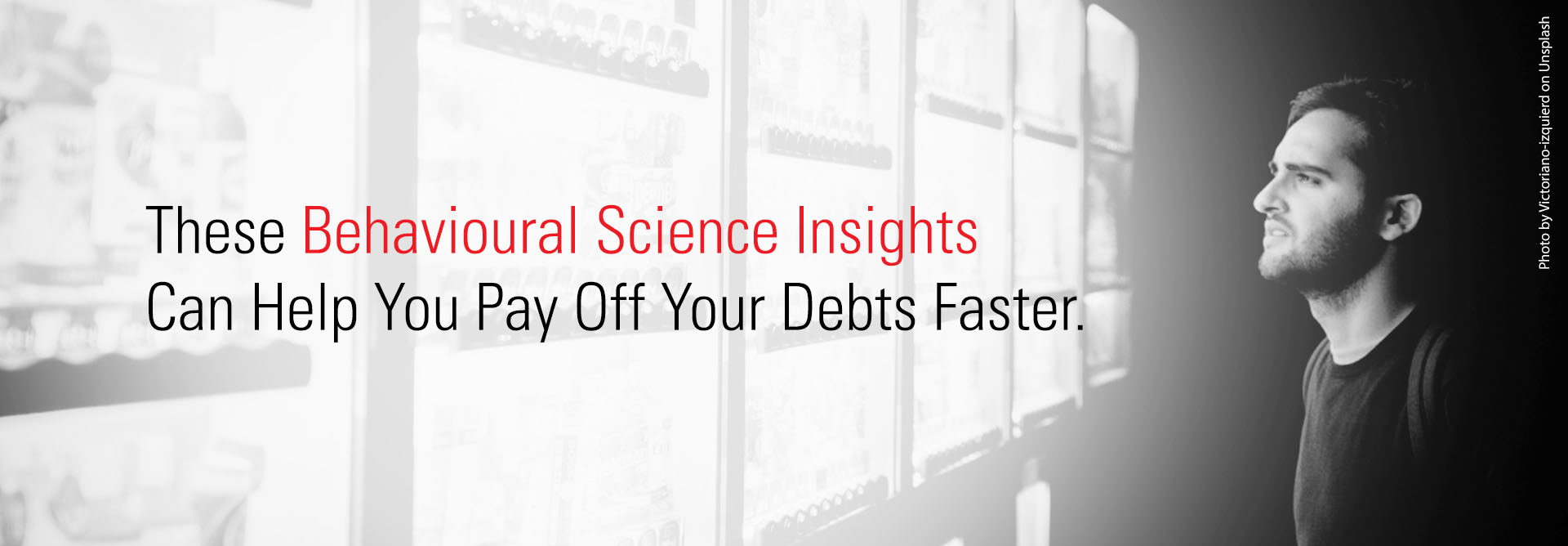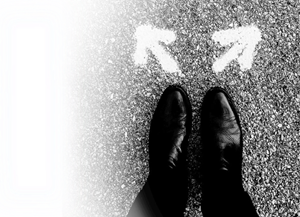There are many reasons why people find themselves constantly navigating financially hard times. The science of debt is indeed complex. While the pandemic-induced economic setback, rising inflation and cost of living, and personal circumstances are common reasons for the past couple of years, experts believe that the real cause could be low financial literacy levels. The lack of knowledge translates to poor financial decisions, leading to debt cycles.
Habits such as the “present bias” — tendency to settle for a smaller reward now than wait for a larger reward in the future — impulsive purchasing behaviours, and misplaced optimism have led to more debts than externalities. As financial liabilities grow, debtors tend to get desperate. But they seldom attempt to enhance their financial knowledge, leading to further challenges. Such recurring issues have encouraged behavioural science researchers to delve deeper into the subject.
Those with high social security numbers bid significantly higher amounts compared to those with lower numbers.
The “Anchoring Effect” and its impact on debt repayment
Anchoring happens when irrelevant information clouds judgement or hampers decision-making. In a groundbreaking experiment(1), Dan Ariely, Drazen Prelec, and George Loewenstein asked students to bid on random items (such as a wine bottle or a book) by noting down the last two letters of their social security numbers.
The result? Those with high social security numbers bid significantly higher amounts compared to those with lower numbers. Social security numbers, completely unrelated to the price of the aforementioned items, got into students’ heads and affected their judgement.

Credit card bills: the most common debt
Credit card debt, the most common form of debt, is open-ended, comes with no standard repayment plans, and certainly no deadlines to keep users vigilant about the increasing interest rates. Looking at debt repaying from the perspective of “anchoring” gives a clearer idea on how minds work.
Most people only pay the very minimum required rates. Unbeknownst to them, at this rate of repayment, interest simply keeps accruing. Credit card statements only highlight the minimum payable amount in bold letters. One good look and the anchoring effect kicks in. The fact is, minimum payments do not free debtors; it bounds them to longer debt cycles. In an experiment where the minimum payment was hidden, people increased their credit card loan repayments by 70 percent(1).
Taking conscious control of irrational and harmful spending habits is the first step towards a debt-free future.
Overcoming the present bias
The present bias is yet another key behavioural science aspect to understand (and master) to clear debts for good. The tendency to undervalue long-term goals with a hyper-intensive focus on short-term rewards works against debtors as they strive to break the debt cycle. Spending more than the income and impulsive buying behaviours are all part of the present bias. Taking conscious control of irrational and harmful spending habits is the first step towards a debt-free future.
Develop a repayment plan (and take help when needed)
Repayment options designed to increase over time are the best means for debtors to periodically pay off lump sum portions of the debt. A repayment plan requires you to have an accurate understanding of the current financial state. If it’s too confusing, it is advisable to work with a financial advisor to develop a repayment plan. This will also ease out the cognitive burden of working out the details of a plan that may or may not be the best possible course of action.
Creating peer pressure
Involving peers or close family members to stay on track to repaying debts is a behavioural technique called injunctive social norms(3). It taps into the awareness of what you should be doing as per societal norms or expectations. It is proven to be a powerful trigger and keeps practitioners on course with debt repayments.
Don’t swipe
Living debt-free requires changing your attitudes towards money. A good rule of thumb is to stop borrowing altogether. Understanding the real costs associated with credit cards is key to going debt-free. People previously prone to debts are recommended to transact with cash till their financial circumstances improve. For example: When are you more conscious of your spending? While paying by cash or buying via credit card? The answer is cash payment. Because of a behavioural bias called loss aversion, humans are naturally more inclined to avoid losses than to attain gains. So, with conscious cash spending, debtors can manage their finances better and incrementally reduce their liabilities.
If you are stuck in the debt cycle and need help with planning your finances, let our expert senior advisors assist you with planning your mid-long term financial goals. Contact us now at clientservice@cfsgroup.com References
- https://www.wbs.ac.uk/news/is-your-credit-card-statement-nudging-you-into-more-debt/
- https://www.washingtonpost.com/news/wonk/wp/2016/11/04/the-psychological-trick-that-makes-it-harder-to-pay-off-your-credit-cards/
- https://www.marketingsociety.com/the-gym/be-debt-free-faster-how-be-inspired-interventions-are-helping-people-reduce-debt-faster






